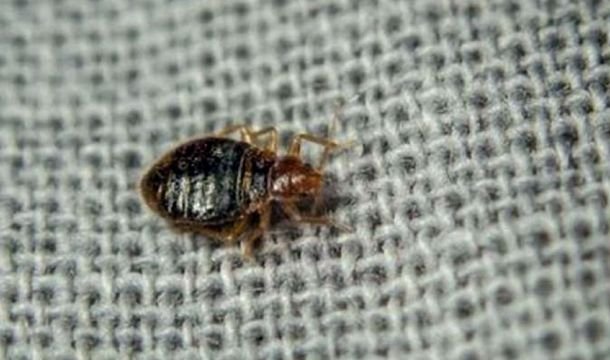Why a Clean Home Doesn’t Mean You Are Safe from Bed Bugs
Your immaculate home won’t deter bed bugs, as they’re solely attracted to human biological signals – not dirt or clutter. These parasites detect carbon dioxide from your breath and body heat, targeting you from up to 3 feet away as you sleep. They enter through luggage and second-hand furniture or migrate through shared walls, regardless of cleanliness levels. Comprehending their actual targeting mechanisms and biology reveals the most effective prevention strategies.
The Truth About Bed Bugs and Home Cleanliness
Even though many believe that bed bugs only infest dirty homes, this widespread misconception is untrue.
These parasitic insects are solely attracted to human hosts, regardless of cleanliness levels, as they seek blood meals to survive.
Bed bugs respond particularly to three key factors: your body heat, the carbon dioxide you exhale, and human blood.
They don’t feed on food crumbs, dirt, or debris like other household pests.
In fact, a spotless home can harbor bed bugs just as easily as an unkempt one. These insects can survive up to 18 months without feeding while hiding in mattress seams, headboards, or furniture cracks.
Grasping this biological reality is essential – your cleaning habits will not deter these resilient pests from establishing an infestation.
How Bed Bugs Choose Their Targets
Since bed bugs don’t discriminate based on cleanliness, comprehending their targeting mechanisms helps explain their behavior.
These insects are particularly drawn to you through three primary biological signals: the carbon dioxide you exhale, your body heat, and the chemical compounds in your blood.
You’re most vulnerable when you’re stationary, particularly during sleep, as bed bugs have evolved to feed on dormant hosts.
They’ll detect your presence through specialized sensory organs that can identify CO2 emissions from up to 3 feet away. Your body temperature, typically around 98.6°F, acts as a thermal beacon for these parasites.
Moreover, they’re attracted to particular chemicals in your blood, including histamine and norepinephrine.
These targeting mechanisms remain constant whether you’re in an immaculate penthouse or a cluttered apartment.
Common Entry Points for Bed Bugs in Clean Homes
Despite maintaining an impeccable home, bed bugs can infiltrate through multiple entry points you must monitor. Your luggage and clothing after travel serve as primary vectors, particularly after staying in hotels or using public transportation.
Second-hand furniture, especially upholstered items, can harbor these pests in seams and crevices.
If you live in multi-unit housing, bed bugs can migrate through wall voids, electrical outlets, and shared ventilation systems from adjacent units. They’ll likewise enter through gaps around baseboards and door frames.
Your visitors’ belongings, including purses and backpacks, can transport bed bugs, whereas delivery boxes and packages may carry hitchhiking insects if they’ve been stored in infested warehouses.
Even brand-new mattresses can introduce bed bugs if delivered in trucks that previously carried infested items.
Signs of Bed Bugs in Well-Maintained Spaces
Once bed bugs enter your well-maintained space through the entry points discussed above, they’ll leave specific indicators of their presence.
You’ll notice small reddish-brown stains on your bedding, either crushed bugs or excrement. Look for clusters of pearl-white eggs, approximately 1mm in length, typically hidden in mattress seams or furniture joints.
Despite your home’s cleanliness, you may detect a sweet, musty odor from their glands, particularly in heavily infested areas.
During daytime inspections, adult bugs hide in cracks, crevices, and along mattress piping. Their presence is often revealed through shed exoskeletons, which appear as translucent, empty shells.
These could indicate nighttime feeding activity if you’re experiencing unexplained skin welts, particularly in linear patterns.
Prevention Strategies Beyond Regular Cleaning
Although maintaining a clean home will not prevent bed bugs, implementing targeted prevention strategies can greatly lessen infestation risks.
These parasitic insects respond to human presence rather than cleanliness levels, making it vital to focus on specific preventive measures that interrupt their biological patterns and transport mechanisms.
- Invest in protective barriers such as mattress encasements and pillow covers to eliminate potential harborage areas where bed bugs can establish colonies and reproduce.
- During travel, shield yourself by storing luggage in bathtubs or on metal racks, away from carpeted surfaces where bed bugs commonly hide.
Regular inspection of baseboards, furniture seams, and bedding remains vital, as early detection greatly improves control outcomes.
If you suspect your home has an infestation, don’t hesitate to call Pest Solution Services at 416-451-7659 today to ensure a fast, effective resolution to your bed bug problems. We serve Toronto and GTA.


